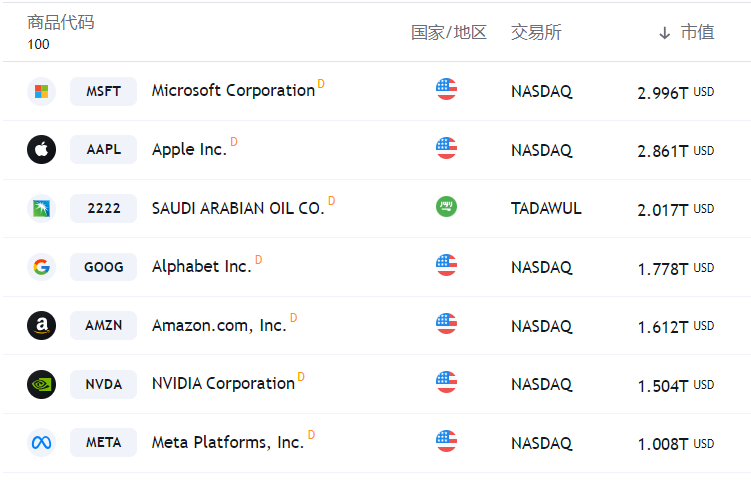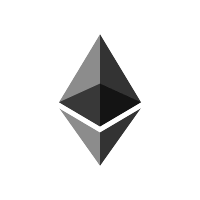PoV: Let Ethereum Ignite the Cypherpunk Spirit Again
Written by: Aranna | ShinnoDAO
I. Introduction: Ethereum's Silent Moment
At the end of 2023, Ethereum founder Vitalik Buterin released a new long article titled "Make Ethereum Cypherpunk Again," sparking another wave of discussion in the Chinese community.
As the market was just starting to heat up, the entire crypto market was ignited by Bitcoin inscriptions. The Bitcoin ecosystem was thriving, and the inscription gameplay spread to other ecosystems as well. Additionally, the development of the DePin concept also propelled Solana's surge. At this time, the narrative in the market began to shift—"the Ethereum narrative will die, and Bitcoin and other public chains will dominate."
This is not the first time Ethereum has faced such statements. Regardless of whether this claim is right or wrong, it undeniably reflects the current predicament Ethereum is encountering. As Vitalik mentioned in this article: "Unfortunately, since 2017 or so, these visions have faded somewhat into the background."
Ethereum has fallen into a low point of technological iteration. Over-financialization has brought a series of negative impacts, distancing us from technological innovation and making the development prospects increasingly unclear. At this point, Vitalik also reiterated the values of the Ethereum community: decentralization, permissionless, trustworthy neutrality, open-source, and resistance to censorship.
The world has long suffered from rug pulls. Since the birth of ICOs, various scams have emerged, causing chaos in the entire market. We often hear news about scams and rug projects, and more and more people complain that Ethereum and even the entire blockchain "are a paradise for Ponzi schemes," leading to web3 not receiving the attention it deserves. It can be said that Ethereum "succeeded because of ICOs and failed because of ICOs."

However, if there were a reasonable governance system in place, perhaps Ethereum's situation would be different. As a governance layer for Ethereum, DAism (DAism.io) has immense potential for influence. The DAism team has been dedicated to promoting the innovative development of Ethereum and has proposed the "Proof of Value" (PoV) consensus mechanism based on this.
PoV focuses on the principle of technological value, which runs through the entire architecture of DAism. So, how does PoV achieve governance over Ethereum?
II. Understanding PoV Through a Small Theater
Just as Bitcoin's "PoW" mechanism allows Bitcoin miners to earn Bitcoin rewards by seizing the right to record transactions, Ethereum's "PoS" mechanism allows Ethereum validators to earn Ethereum rewards through staking, DAism's "PoV" mechanism allows dApp providers to earn token rewards by contributing value.
The goal of "PoV" is to encourage developers to contribute decentralized applications that have innovative and developmental value. DAism hopes to drive the innovation and application development of dApps through a market-based reward mechanism.
To understand the operation mode of PoV more simply, let's imagine a scenario:
One day, while researching EIPs, you suddenly have a brilliant idea to design a dApp using EIPs. You are inspired and spend an entire night writing a dApp contract. Coincidentally, you hear that deploying a dApp on DAism can earn automated rewards, so you happily open the DAism website DAism.io, spend some time minting your own "DAO," issuing your own "DAO Token," open-sourcing the dApp code, and completing the deployment of the dApp.
After this, your dApp is no longer just a dApp, and your "DAO" is no longer referred to as a "DAO." In DAism, the structure composed of developers and their dApp contracts is collectively referred to as "Smart Common," and the "DAO Token" you issued, due to its valuation attributes, is renamed "Valuation Token."
After completing these tasks, you go to bed peacefully, waiting for news from the market.
Then what? Market investors quickly discover this new Smart Common and conduct a series of technical analyses on your contract code. They are surprised to find that this Smart Common has made significant innovations and improvements to existing technology, which will be very useful in the future. As keen hunters, they naturally won't miss this opportunity: they immediately use uToken (DAism's market stablecoin) to purchase your Token. As a result, your Token rises in value.
Ten hours later, you wake up. Exhausted from staying up late writing the contract, you sleep a few more hours. When you open your computer again, you are stunned: you have received rewards. These rewards come from transaction fees generated by market token trading.
Moreover, your Token has surprisingly increased by 100% overnight from its original default price (of course, this is a possibility).
You laugh and cry, feeling happy about receiving rewards while regretting not buying more Tokens, wishing you could slap your thigh in frustration.
Just like buying a mining machine to automatically mine Bitcoin, from then on, you continuously receive returns from market investors and enjoy rewards from the appreciation of your Token.

How does this story sound? For both developers and investors, DAism represents a new opportunity. To fully understand DAism and PoV, we need to explore some details further.
III. Using Value as a Compass
In PoV, the core element is this "V"—Value.
So, this raises a question: how do we define this "value"? What truly constitutes something of value?
We exist in a decentralized world, and the power to measure this value naturally does not belong to any centralized organization, but to the entire market.
In DAism, the core is the dApp. Each "DAO" composed of people and dApps that accepts the DAism governance protocol is referred to as "Smart Common." Smart Common possesses characteristics such as open-source, anonymity, valuability, and non-editability, distinguishing it from typical dApps. Moreover, due to the presence of people, it adds a different color.
In the market, whether you are reading this article or I am writing it, we can all measure the value of each "Smart Common." Every market participant serves as a judge of value measurement.
What principles will we use to measure this value? Let's take a look at some of the highest-ranked companies by market capitalization globally. What standards do their investors use to invest in them?

While MemeCoins can achieve thousands of times returns in a short period, they are not investment targets but speculative tools. In contrast, the reason these companies have such high market values is primarily that they create the utility value that consumers need. Behind the utility value is the support of technology.
The same goes for our investments in web3. The truly profitable way is to invest in the spot of BTC and ETH and hold them tightly, as they represent the technological value in web3 and possess strong consensus.
In DAism, all contracts are open-source. Therefore, whether it is phishing scams in the code or vulnerabilities in the contracts, they will be exposed. This helps reduce the risks posed by the contracts themselves.
On the other hand, in DAism's trading network, all tokens must be put into the liquidity pool, and project parties cannot reserve tokens for themselves. This also increases the market-making costs for market makers, which to some extent reduces the negative impact of market makers' misconduct. Even if market makers buy back their tokens to continue trading, we can still analyze the investment value from the perspective of their contracts.
Thus, PoV will regulate the development of dApps and token trading behavior in the market through technical means.
IV. Technical Implementation of PoV
To rationalize a large ecosystem and market, a series of standardized standards are needed. Therefore, the value proof of DAism is also constructed quite complexly. It consists of seven governance protocols, one governance network, and one governance fund intertwined.
The seven protocols are: Smart Commons' Hardcore Protocol, Decentralized Minting Protocol, Protocol of Decentralized Autonomous Fund, Protocol of Valuation Token's Supply, Protocol of Unit Token, Protocol of Decentralized Exchange, and Protocol of Universal Payment.
One governance network, namely the IADD network (short for Instantly and Automatically Deployed Devaluation Network). This network itself is composed of multiple governance protocols, providing all DAOs with essential valuation, trading, and settlement functions.
One governance fund, namely the Hayek uToken Fund—Human Welfare Fund.
The above sections will involve a lot of details and information. This article mainly provides a brief introduction to PoV, and subsequent articles will continue to introduce various components of DAism.

V. Conclusion
DAism has identified a significant governance loophole and flaw in Ethereum and aims to reverse the current situation. If we can effectively govern the current chaos in the blockchain space, then the regulatory hands of the centralized world and the criticisms from people will all collapse, and more individuals will be willing to embrace this new technology and new modes of production.
With Ethereum empowered by PoV, where will it head? What kind of blockchain future will we welcome together with DAism? Will the cypherpunk spirit that Vitalik champions return to Ethereum?
Rather than waiting and seeing, why not join now and reignite the cypherpunk flame with DAism?
References:
[1] What is PoV Value Proof—DAism's Governance Consensus on Token Economics and dApps. https://gamma.app/public/PoV-mbvisn3qnrx9ob0?mode=doc
[2] DAism White Paper. https://dcn.naturaldao.io/whitepaper/protocols








